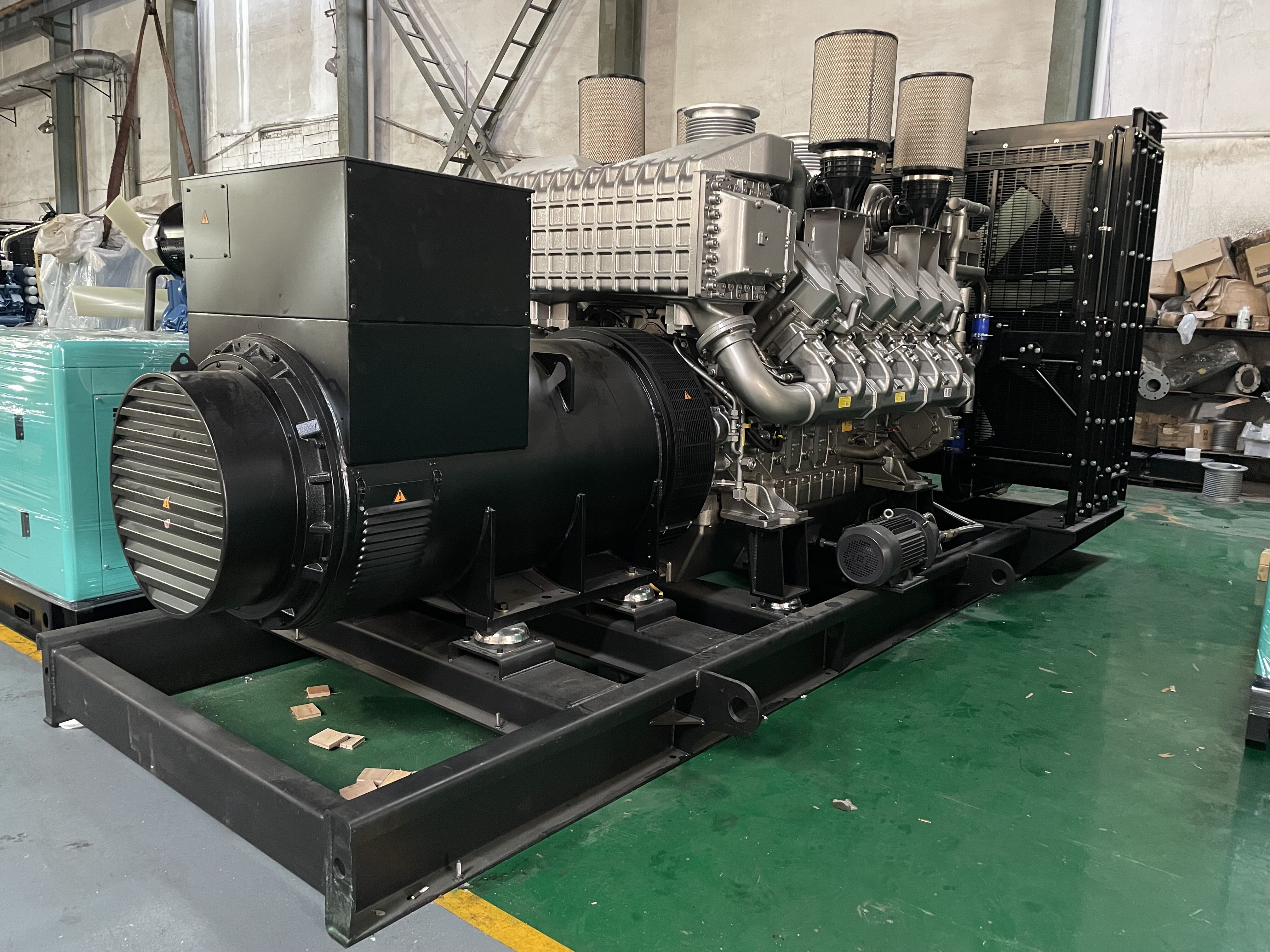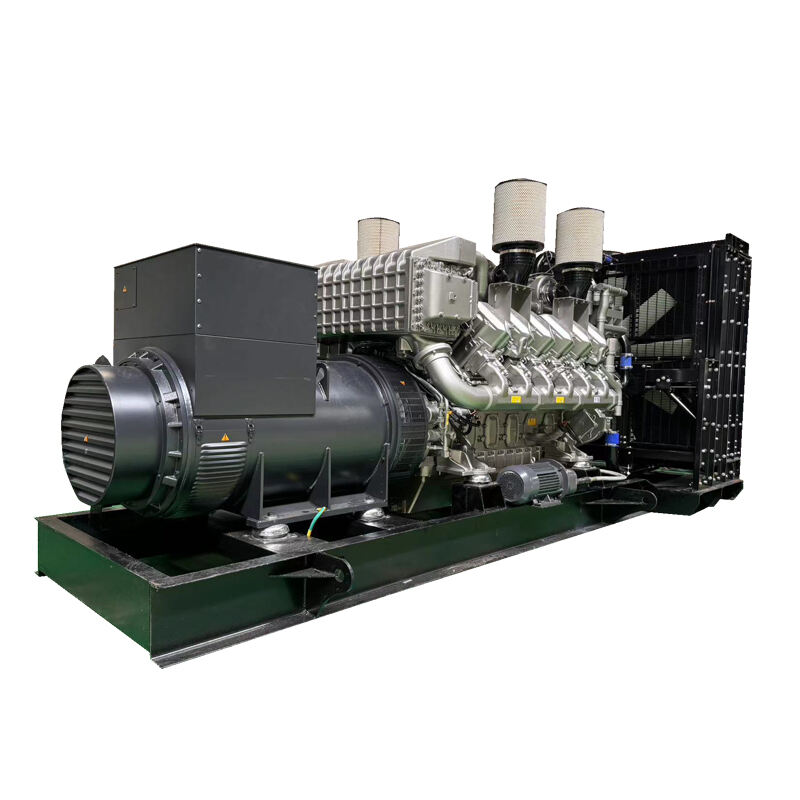How Do Power Generation Plants Contribute to Global Energy Needs?
Power generation plants are the backbone of modern civilization, converting primary energy sources—from coal and natural gas to wind and sunlight—into electricity that powers homes, industries, and critical infrastructure. As global energy demand rises (projected to grow by 23% by 2040, according to the International Energy Agency), these plants play a pivotal role in ensuring reliable access to energy while balancing sustainability goals. From large-scale fossil fuel facilities to distributed renewable projects, power generation plants collectively meet over 85% of the world’s electricity needs, adapting to regional resources and technological advancements. Let’s explore their diverse contributions and how they shape the global energy landscape.
Fossil Fuel Power Generation Plants: Reliable Baseline Supply
Fossil fuel power generation—using coal, natural gas, and oil—has historically been the cornerstone of global energy systems, providing stable, on-demand electricity. While their role is evolving amid climate concerns, they remain critical in many regions.
Coal-Fired Plants: These plants burn coal to heat water, producing steam that drives turbines. They dominate in countries with abundant coal reserves, such as China and India, where they supply 56% and 70% of electricity, respectively. Coal power generation provides a low-cost, baseload energy source—operating 24/7 to meet constant demand—though it emits high levels of CO₂. Advanced technologies like ultra-supercritical (USC) boilers improve efficiency, reducing emissions per unit of electricity by 20–30% compared to older plants.
Natural Gas Plants: Natural gas-fired power generation has grown rapidly since the 2000s, thanks to its lower carbon footprint (50% less than coal) and flexibility. Combined-cycle gas turbine (CCGT) plants, which use both gas and steam turbines, achieve efficiencies of 60%—far higher than coal’s 30–40%. They can ramp up or down quickly, making them ideal for balancing variable renewable energy (e.g., wind and solar). In the U.S., natural gas power generation now accounts for 38% of electricity, overtaking coal as the largest source.
Oil-Fired Plants: Oil is less common for large-scale power generation due to higher costs and emissions, but it plays a role in remote regions or as backup for grid stability. Diesel generators, a form of small-scale oil power generation, provide electricity in off-grid communities or during blackouts, ensuring energy access where other sources are unavailable.
Renewable Power Generation Plants: Sustainable Growth
Renewable power generation—harnessing wind, solar, hydro, and biomass—has emerged as the fastest-growing segment of global energy, driven by falling costs and climate goals. These plants reduce carbon emissions while diversifying energy sources.
Solar Power Generation: Photovoltaic (PV) plants convert sunlight into electricity, with utility-scale projects covering thousands of acres and rooftop systems serving individual buildings. Solar power generation capacity has grown exponentially, from 40 GW in 2010 to over 1,000 GW in 2023. While solar is intermittent (dependent on daylight), battery storage and grid integration advancements are making it a reliable source. In countries like Germany and Australia, solar power generation contributes 10–15% of total electricity, with peaks reaching 50% on sunny days.
Wind Power Generation: Wind turbines capture kinetic energy to generate electricity, with onshore and offshore plants serving grids worldwide. Offshore wind power generation, with larger turbines and stronger winds, is expanding rapidly in Europe (the U.K. and Germany lead) and the U.S. Wind provides 7% of global electricity, with Denmark generating over 50% of its needs from wind. Modern turbines, with capacities up to 15 MW, are more efficient, lowering the cost of wind power generation by 68% since 2010.
Hydropower Plants: Hydropower is the oldest renewable power generation source, using flowing water to turn turbines. It accounts for 16% of global electricity, with large dams in China (Three Gorges Dam) and Brazil (Itaipu Dam) providing baseload power. Small-scale hydropower (under 10 MW) supports rural electrification in developing countries, offering reliable energy without large infrastructure. Hydropower’s ability to store water in reservoirs also makes it a flexible partner for variable renewables, adjusting output to balance supply and demand.
Biomass and Geothermal: Biomass power generation burns organic materials (wood, crop residues) to produce electricity, often in co-firing with coal to reduce emissions. Geothermal plants tap into underground heat to generate steam, providing constant power in regions like Iceland (where it supplies 25% of electricity) and Indonesia. These sources contribute 2–3% of global electricity but are critical for energy access in remote areas.

Nuclear Power Generation Plants: Low-Carbon Baseload
Nuclear power generation uses fission to split uranium atoms, producing heat that drives turbines. It provides 10% of global electricity, offering low-carbon, baseload power with minimal air pollution.
Nuclear plants operate 24/7, with refueling outages every 18–24 months, making them reliable for meeting constant demand. Countries like France (70% nuclear), Slovakia (58%), and Ukraine (55%) rely heavily on nuclear power generation to reduce fossil fuel use. Advanced reactors, including small modular reactors (SMRs), are being developed to enhance safety and scalability, potentially expanding nuclear’s role in decarbonizing grids.
While concerns about waste and accidents persist, modern nuclear power generation has one of the lowest mortality rates per unit of energy—far lower than fossil fuels—according to studies by the OECD. Its low carbon footprint (comparable to wind and solar) makes it a key player in global efforts to limit climate change.
Grid Integration and Energy Security
Power generation plants contribute to global energy needs not just by producing electricity, but by ensuring grids are stable, resilient, and accessible.
Baseload vs. Peaking Plants: Baseload plants (coal, nuclear, large hydro) operate continuously to meet minimum demand, while peaking plants (natural gas, oil, pumped hydro) ramp up during high-demand periods (e.g., evening hours). This combination ensures grids avoid blackouts, even when demand spikes.
Interconnectors and Distributed Generation: Cross-border power lines allow surplus electricity from one country’s power generation plants to be exported to others. For example, Norway’s hydropower generation exports to Germany and the U.K. during winter, while solar-rich Spain sends electricity to France in summer. Distributed generation—small-scale plants (rooftop solar, micro wind)—reduces reliance on centralized grids, enhancing energy security in remote or conflict-prone regions.
Storage and Flexibility: As renewable power generation grows, storage technologies (batteries, pumped hydro) work with plants to store excess energy. For instance, solar power generated during the day charges batteries, which discharge in the evening when demand rises. This integration makes variable renewables more reliable, ensuring power generation plants can meet needs around the clock.
FAQ: Power Generation Plants and Global Energy
Which power generation plants are most critical for developing countries?
Fossil fuels (coal, diesel) and small-scale renewables (solar home systems, micro hydro) are vital. Developing nations often lack grid infrastructure, so distributed generation (e.g., solar) provides immediate access, while coal plants meet growing industrial demand affordably.
How do power generation plants adapt to extreme weather events?
Modern plants include weather-resistant design: wind turbines with ice-resistant blades, solar panels rated for hailstorms, and fossil fuel plants with backup generators. Grid operators also diversify power generation sources to reduce reliance on single plants vulnerable to storms.
Can renewable power generation plants replace fossil fuels entirely?
It’s possible with advancements in storage, grid interconnections, and flexible plants (e.g., gas peakers). Countries like Iceland (100% renewable) and Costa Rica (99%+) show it’s achievable, but global replacement will take decades, requiring investment in infrastructure and technology.
What role do power generation plants play in energy poverty?
Mini grids powered by small-scale plants (solar, biomass) are key to electrifying the 733 million people without access to electricity. Organizations like the World Bank fund such projects, using power generation to enable education, healthcare, and economic development in rural areas.
How are power generation plants reducing carbon emissions?
Fossil fuel plants are adopting carbon capture and storage (CCS), while renewables and nuclear are scaling up. Many countries (e.g., the EU, U.S.) aim to phase out coal power generation by 2030–2040, replacing it with low-carbon sources to meet net-zero goals.
Table of Contents
- How Do Power Generation Plants Contribute to Global Energy Needs?
-
FAQ: Power Generation Plants and Global Energy
- Which power generation plants are most critical for developing countries?
- How do power generation plants adapt to extreme weather events?
- Can renewable power generation plants replace fossil fuels entirely?
- What role do power generation plants play in energy poverty?
- How are power generation plants reducing carbon emissions?

